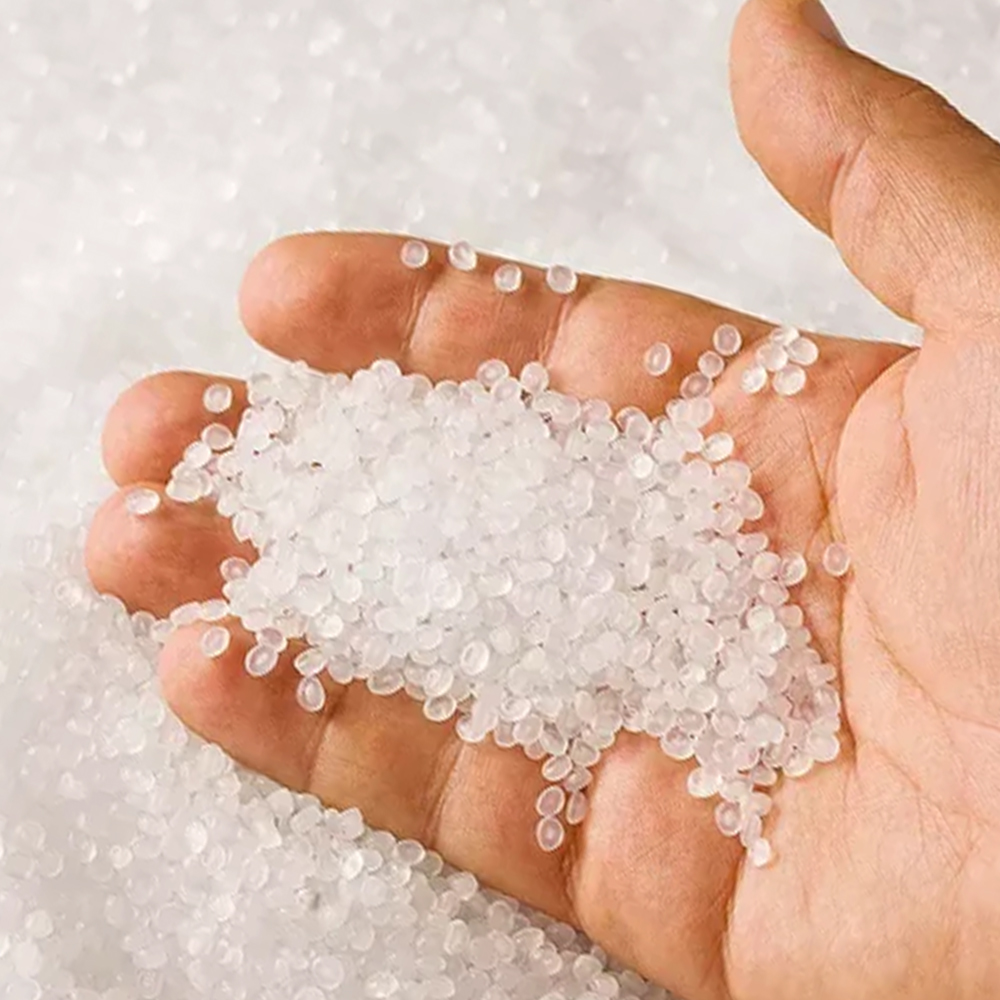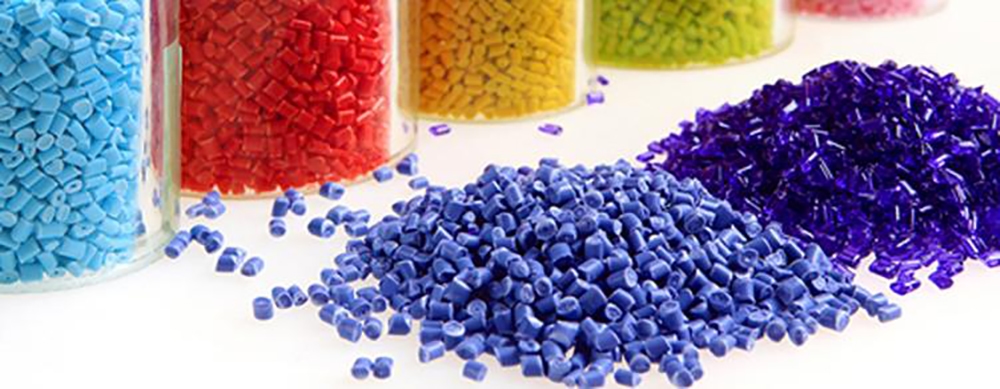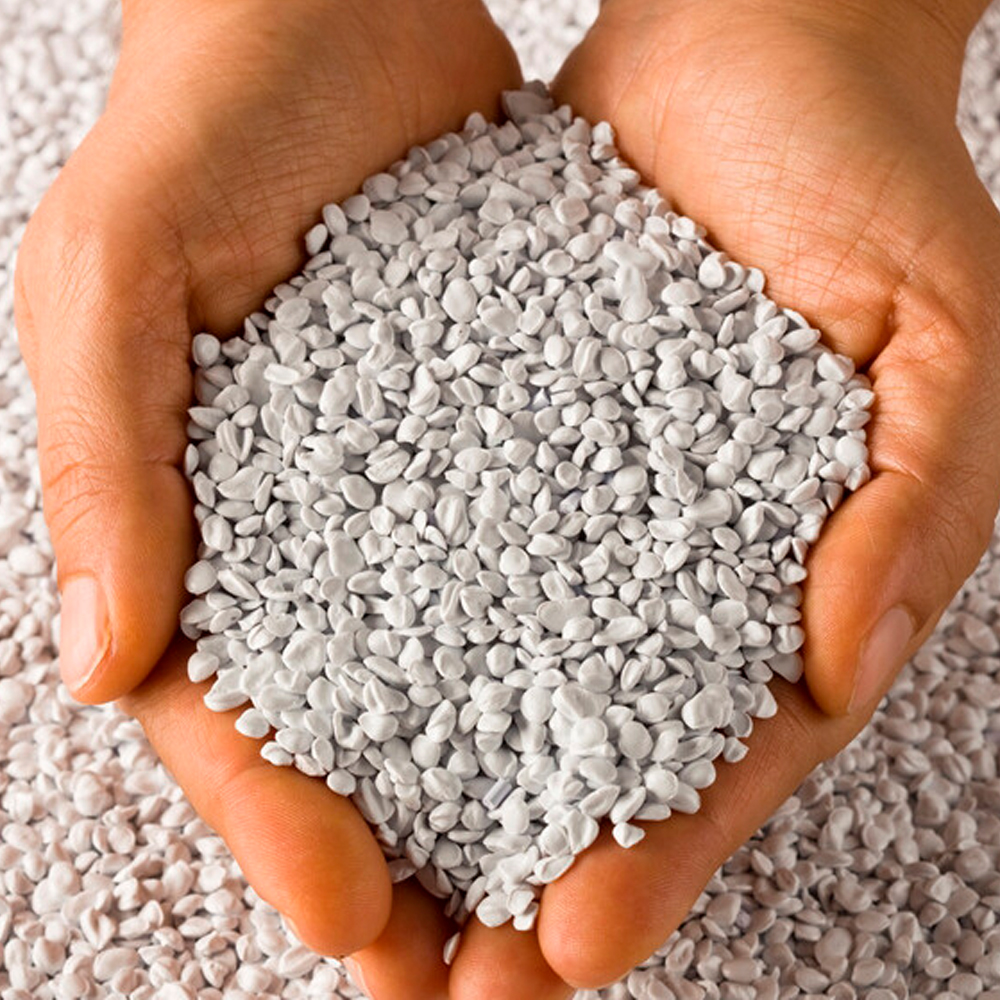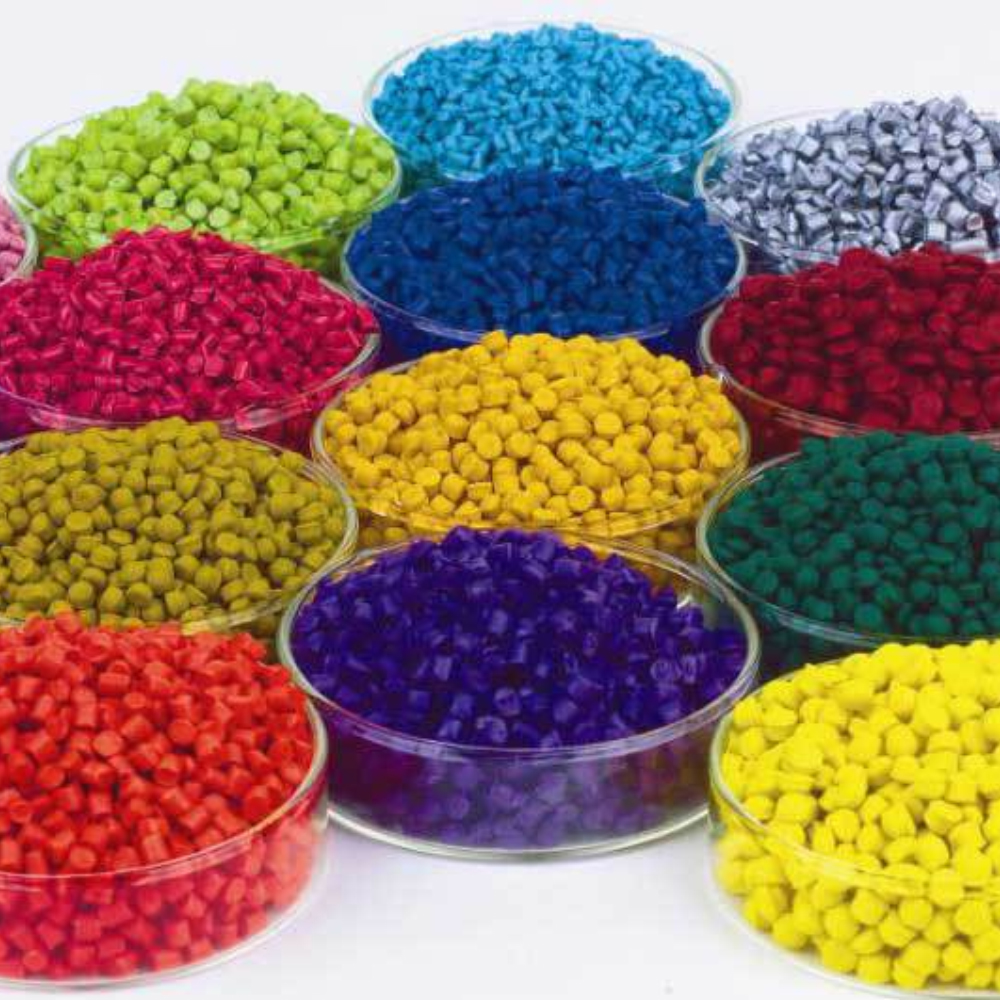
Descubriendo las ventajas de los masterbatches UV en productos plásticos
Los masterbatches, aditivos sólidos en la industria del plástico, desempeñan un papel fundamental a la hora de impartir propiedades específicas a los productos plásticos, que van desde el color y la textura hasta la durabilidad.



